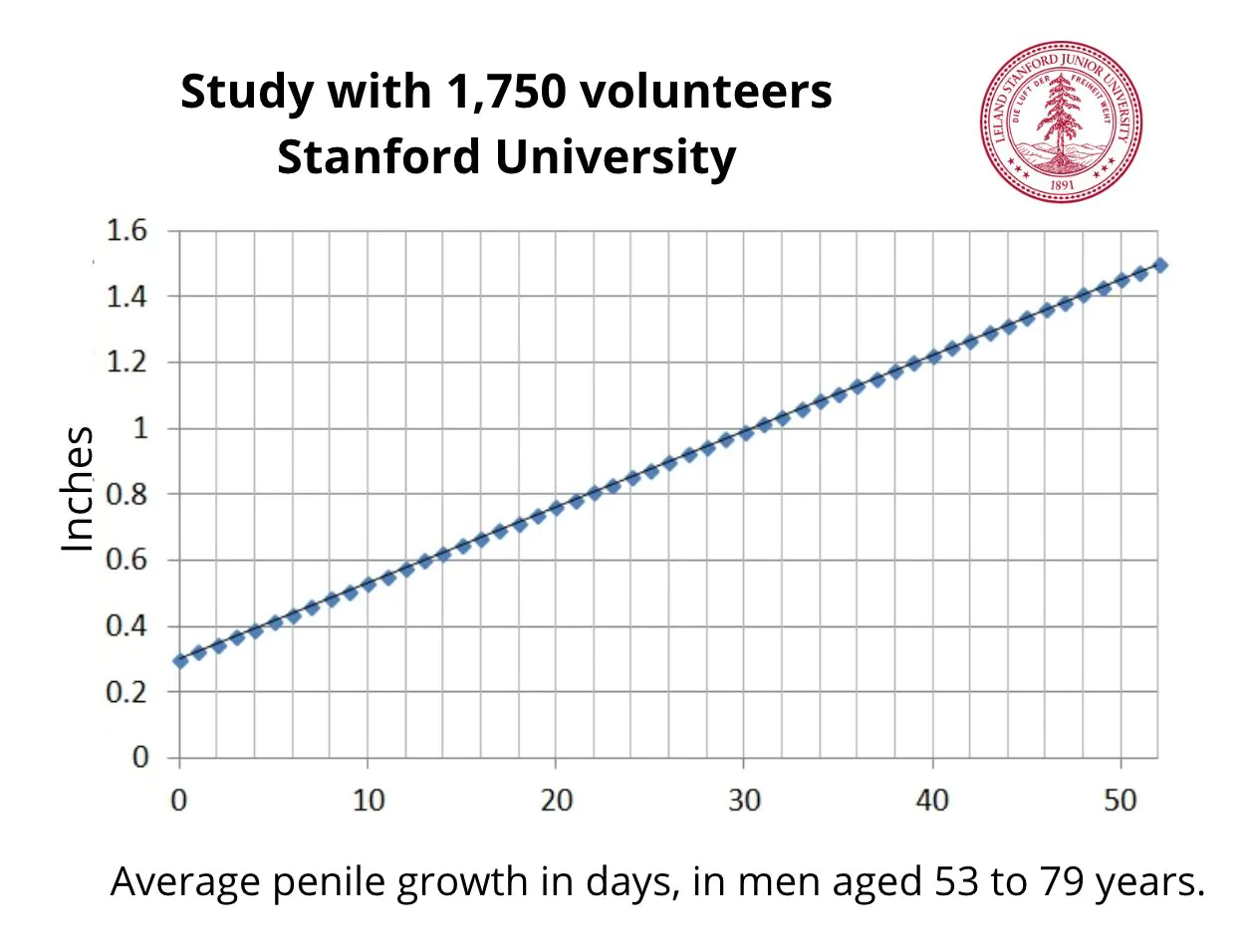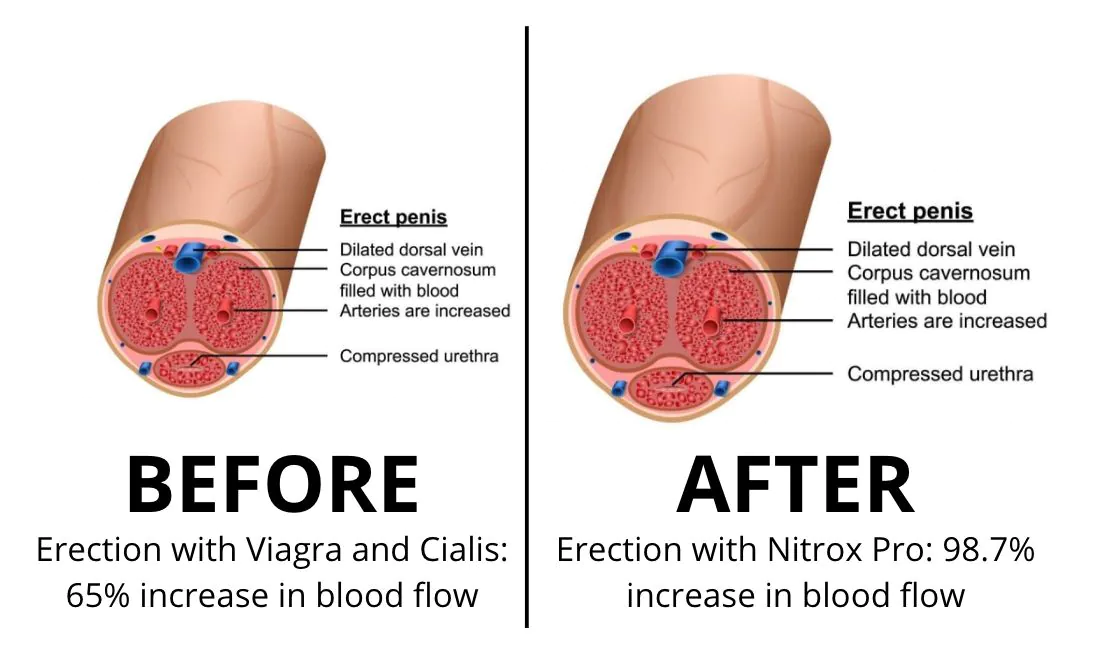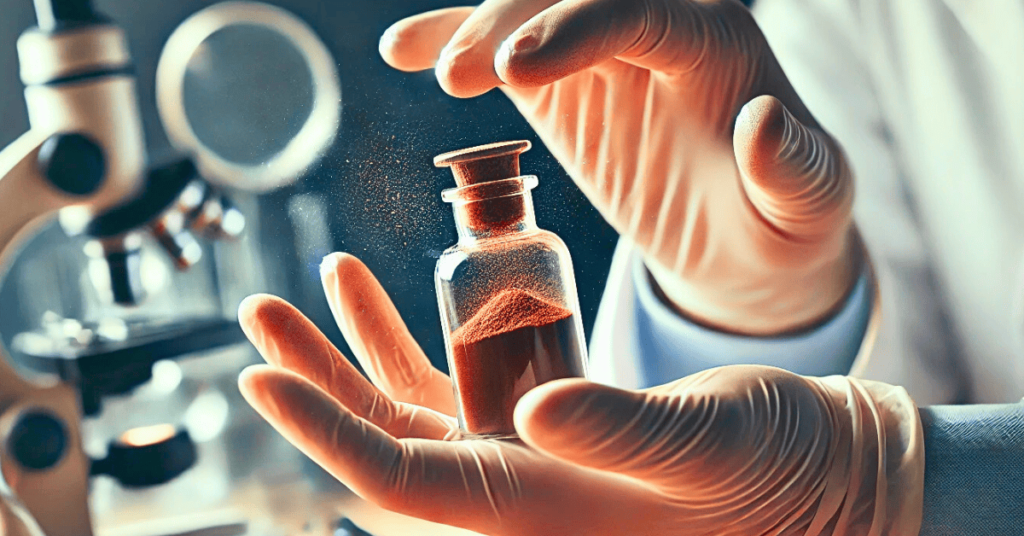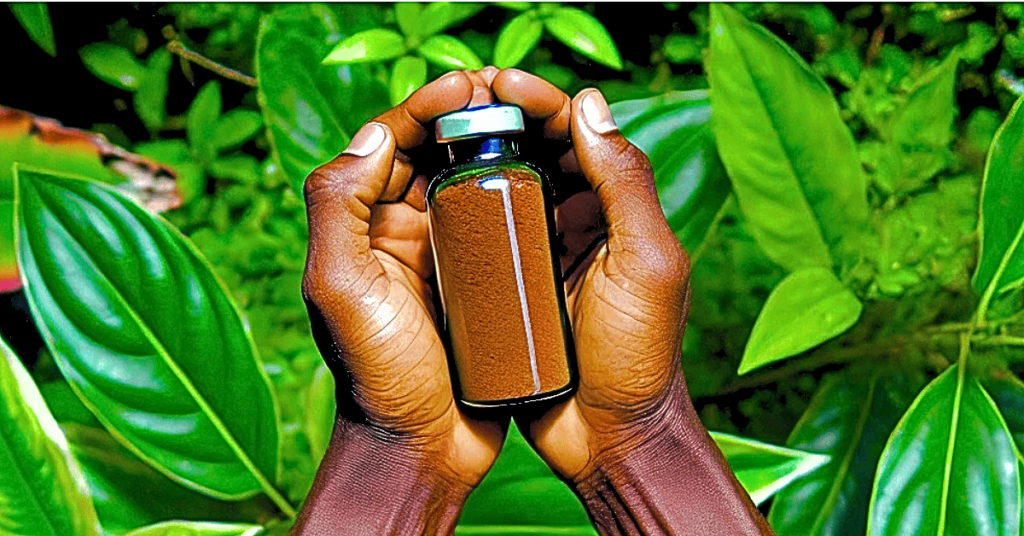Erectile dysfunction (ED) varies between ethnic groups due to factors like prevalence rates, cultural attitudes, and healthcare access. Research shows that African American men experience ED more frequently and at younger ages compared to Caucasian and Hispanic men. Addressing cultural stigma and raising awareness are crucial in improving diagnosis and treatment across diverse populations.
Erectile dysfunction (ED) is a significant issue that can impact men across various backgrounds. A common question arises: does erectile dysfunction vary between ethnic groups? This article sheds light on how cultural perceptions, biological predispositions, and access to healthcare can influence the prevalence of ED among different ethnicities. We will dive into understanding the nuances of erectile dysfunction and explore various studies that examine these differences. Join us as we discuss the implications of ethnicity on this important health concern, and uncover the truths behind the statistics.
Understanding Erectile Dysfunction

Erectile dysfunction (ED) refers to the inability to achieve or maintain an erection suitable for sexual intercourse. This condition can affect men of all ages, but it is particularly common among older men. Understanding the underlying causes of ED is crucial in addressing the issue effectively.
Causes of Erectile Dysfunction
ED can stem from a variety of factors, including physical health, psychological state, and lifestyle choices. Some common physical causes include:
- Cardiovascular diseases
- Diabetes
- Hormonal imbalances
- Neurological disorders
- Substance abuse
Additionally, psychological factors such as stress, anxiety, and depression can exacerbate or trigger ED.
Risk Factors
Age is a significant risk factor for erectile dysfunction. As men age, the likelihood of experiencing ED increases. Other contributing risk factors can include:
- Obesity
- Lack of physical activity
- High blood pressure
- Smoking
- Excessive alcohol consumption
Diagnosis
Diagnosing ED typically involves a consultation with a healthcare provider. The doctor may perform a physical examination and ask about the patient’s medical history. Blood tests and other assessments may be used to identify underlying health issues.
Treatment Options
There are several treatments available for erectile dysfunction, which may include:
- Medications such as phosphodiesterase type 5 inhibitors
- Psychological counseling
- Hormone therapy
- Pump devices
- Surgical options
Finding the right treatment often involves a thorough discussion between the patient and the healthcare provider to address both physical and emotional aspects of the condition.
Ethnic Variations in Erectile Dysfunction

Research indicates that erectile dysfunction (ED) does indeed vary among different ethnic groups. Various studies have shown that the prevalence and causes of ED may be influenced by cultural, social, and biological factors.
Prevalence Rates by Ethnicity
Studies have revealed significant differences in ED rates among ethnic groups:
- Caucasian men tend to report a higher rate of ED compared to some minority groups.
- African American men experience ED at younger ages, with higher prevalence than Caucasian men.
- Hispanic men also report varying experiences, often impacted by cultural stigma surrounding sexual health.
This suggests that ethnicity can play a role not only in the incidence of ED but also in the age of onset.
Cultural Influences
The perception of erectile dysfunction varies widely across cultures. In some ethnic communities, discussing sexual health issues is considered taboo. This may lead to:
- Underreporting of ED symptoms
- Lack of access to healthcare
- Stigma around seeking treatment
Such cultural attitudes can significantly impact men’s willingness to seek help and receive treatment for ED.
Biological Factors
There are also biological factors that may vary by ethnicity, contributing to different rates of ED:
- Genetic predispositions may influence overall risk.
- Certain health conditions prevalent in specific ethnic groups can also heighten the risk of developing ED.
- Differences in lifestyle factors, such as diet and exercise, can lead to varying health outcomes related to ED.
Understanding these variations is essential for tailoring effective treatment options.
Impact of Healthcare Access
Access to healthcare plays a vital role in the management and treatment of erectile dysfunction. Disparities in healthcare access among ethnic groups can lead to:
- Delayed diagnoses
- Lesser likelihood of receiving effective treatments
- Increased burdens of health-related issues contributing to ED
Addressing these disparities is critical to improve health outcomes for affected populations.
Cultural Attitudes Toward Erectile Dysfunction

Cultural attitudes toward erectile dysfunction (ED) can vary widely among different groups. Understanding these attitudes helps to shed light on how men experience and manage this condition. In many cultures, sexual health is often linked to masculinity, which can lead to stigma and shame surrounding ED.
Taboos and Stigma
In numerous cultures, discussing sexual health is considered a taboo subject. Men may avoid talking about ED, fearing social judgment. This stigma can result in:
- Low rates of seeking medical help
- Feeling of isolation and embarrassment
- Increased anxiety and stress regarding sexual performance
These feelings can further exacerbate the condition, creating a cycle that is difficult to break.
Impact of Masculinity
In many societies, traditional notions of masculinity emphasize physical strength and sexual prowess. ED can challenge these notions, leading men to feel inadequate. This societal pressure can result in:
- Reluctance to seek treatment
- Increased depression and anxiety levels
- Negative impacts on relationships
Open conversations about ED can help to shift these cultural perceptions.
Variations by Ethnicity
Different ethnic groups have unique cultural beliefs regarding ED. For instance:
- In some Asian cultures, discussing sexual health may be even more stigmatized than in Western cultures.
- African American men may be more likely to discuss ED within their community but still face challenges in seeking help.
- Hispanic men often experience cultural expectations that can complicate their feelings about ED.
These variations highlight the need for culturally sensitive approaches to discussing and treating ED.
Education and Awareness
Raising awareness and providing education about ED can help reduce stigma. Health campaigns that normalize discussions around sexual health can:
- Encourage men to seek help
- Promote healthy relationships
- Decrease the societal stigma associated with ED
By creating open dialogues, we can empower men to address and manage erectile dysfunction without fear of shame.
Medical Insights: Causes and Treatments

Erectile dysfunction (ED) can arise from various medical causes, and understanding these is crucial for effective treatment. Identifying the root causes can often help in managing this condition and improving sexual health.
Common Causes of Erectile Dysfunction
There are many potential physical and psychological factors that contribute to ED:
- Cardiovascular Disease: Poor blood flow due to heart conditions can impede erections.
- Diabetes: High blood sugar can damage nerves and blood vessels, leading to difficulties with erections.
- Hormonal Imbalances: Low testosterone or other hormonal issues can affect libido and erectile function.
- Neurological Disorders: Conditions like Parkinson’s and multiple sclerosis can interfere with nerve signals responsible for erections.
- Substance Abuse: Alcohol, nicotine, and certain recreational drugs can negatively impact sexual performance.
Each of these factors can vary in prevalence among different ethnic groups, influenced by genetics and lifestyle choices.
Treatment Options for Erectile Dysfunction
Fortunately, there are several effective treatments available for ED:
- Medications: Drugs like Viagra, Cialis, and Levitra are commonly prescribed. They help increase blood flow to the penis but require a doctor’s prescription.
- Counseling: Therapy can address psychological issues such as anxiety or depression that may be affecting sexual performance.
- Hormone Therapy: For men with hormonal imbalances, hormone replacement therapy may be beneficial.
- Pumping Devices: Vacuum erection devices can assist in achieving an erection by drawing blood into the penis.
- Surgery: In severe cases, surgical options, like penile implants, may be considered.
Choosing the right treatment often involves discussing options with a healthcare provider to identify what works best for each individual.
Importance of Lifestyle Changes
In addition to medical treatments, certain lifestyle modifications can aid in alleviating ED symptoms:
- Maintaining a Healthy Weight: Obesity can exacerbate ED, so keeping a healthy weight is important.
- Regular Exercise: Engaging in physical activity can improve circulation and overall health.
- Quitting Smoking: Stopping smoking can significantly improve blood flow and reduce ED.
- Limiting Alcohol: Reducing alcohol intake can help enhance sexual performance.
Addressing lifestyle factors is an essential part of managing erectile dysfunction.
Research Studies on Ethnic Groups and ED

Research studies have provided valuable insights into how erectile dysfunction (ED) varies among different ethnic groups. Understanding these findings can help in highlighting disparities and guiding treatment approaches.
Prevalence of ED Among Ethnic Groups
Numerous studies show that the prevalence of ED is not equal across all ethnicities. For instance:
- A study published in the Journal of Sexual Medicine found that African American men reported higher rates of ED compared to Caucasian men.
- Hispanic men displayed unique risk factors influenced by cultural attitudes and access to healthcare, leading to varying prevalence rates.
- Asian men often have lower reported rates of ED, but this may be due to cultural stigma surrounding the issue.
These variations emphasize the need for tailored healthcare solutions for different communities.
Factors Contributing to Variations
Different factors explain why rates of ED vary among ethnic groups:
- Socioeconomic Status: Men from lower socioeconomic backgrounds may face higher stress levels and limited access to healthcare, contributing to increased rates of ED.
- Cultural Attitudes: Cultural beliefs regarding masculinity and sexual health can affect reporting and treatment-seeking behaviors.
- Healthcare Access: Variances in access to healthcare services lead to differences in diagnoses and treatment for ED.
Understanding these factors can inform public health strategies aimed at reducing ED among diverse populations.
Recent Studies and Findings
Several significant research studies provide further context:
- One study indicated that lifestyle factors, such as smoking and obesity, vary by ethnicity and impact ED rates.
- Another research demonstrated that psychological factors, including anxiety and depression, are prevalent in certain ethnicities and correlate with higher rates of ED.
- A comprehensive review of literature suggested that more research is needed to explore the biological and environmental factors influencing ED across different ethnic groups.
These findings highlight the importance of ongoing research in understanding ED within the context of ethnic diversity.
Implications for Future Research
As our understanding of ED evolves, future research should focus on:
- Longitudinal studies to track changes in ED prevalence over time.
- Interventional studies to assess the effectiveness of culturally tailored treatments.
- Exploration of genetic factors that may contribute to differences in ED across ethnic groups.
Such investigations will help to create a more comprehensive approach to treating ED in diverse populations.
Understanding Erectile Dysfunction Across Ethnic Groups
Erectile dysfunction (ED) is a complex condition that varies significantly across different ethnic groups. The factors influencing ED, including medical, psychological, and cultural aspects, highlight the need for a nuanced approach to treatment and understanding.
Research indicates that ED prevalence differs among ethnicities, influenced by both lifestyle choices and access to healthcare. Cultural attitudes play a crucial role in how men perceive and address sexual health issues, which can either hinder or help their treatment journey.
Through continued research and increased awareness, we can develop better strategies for prevention and treatment tailored to the unique needs of various communities. Overall, breaking the silence around ED and promoting open conversations will lead to better health outcomes for men experiencing this condition.
In conclusion, recognizing and addressing the ethnic variations and cultural attitudes toward erectile dysfunction is essential for effective healthcare solutions.
FAQ – Frequently Asked Questions about Erectile Dysfunction and Ethnic Variations
What is erectile dysfunction (ED)?
Erectile dysfunction (ED) is the inability to achieve or maintain an erection sufficient for satisfactory sexual performance.
Does erectile dysfunction vary among different ethnic groups?
Yes, research indicates that the prevalence and causes of ED can differ significantly among various ethnic groups due to cultural, medical, and lifestyle factors.
What are some common causes of erectile dysfunction?
Common causes of ED include cardiovascular disease, diabetes, hormonal imbalances, neurological disorders, and psychological factors such as anxiety and depression.
How can cultural attitudes affect the treatment of erectile dysfunction?
Cultural stigma and perceptions around masculinity can discourage men from discussing ED and seeking treatment, impacting their overall health.
What treatments are available for erectile dysfunction?
Treatments for ED can include medications, therapy, hormone replacement, vacuum devices, and in severe cases, surgical options.
How do lifestyle choices impact erectile dysfunction?
Lifestyle factors such as maintaining a healthy weight, exercising regularly, quitting smoking, and limiting alcohol can significantly improve erectile function.












